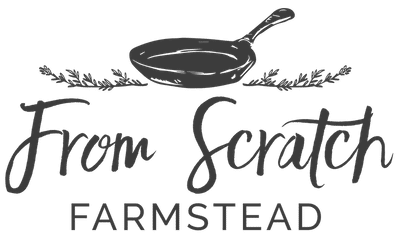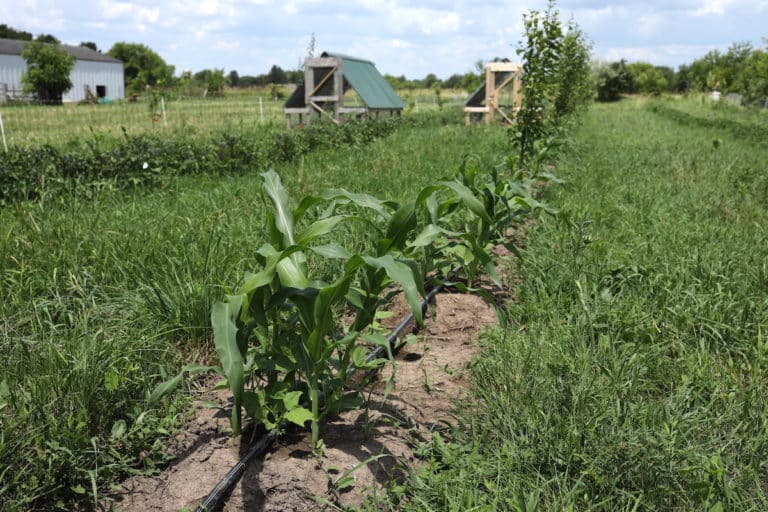Homestead Garden Plan – Year Round Food on 1/4 Acre
Year-round self-sufficiency is possible—even in small spaces! This homestead garden plan offers ideas to not just grow vegetables, but also protein, fruit, storage crops, and more to stockpile your own food. Having a summer garden is lovely. Who doesn’t love fresh produce in the spring through fall? But will a few tomato plants and some leafy…


